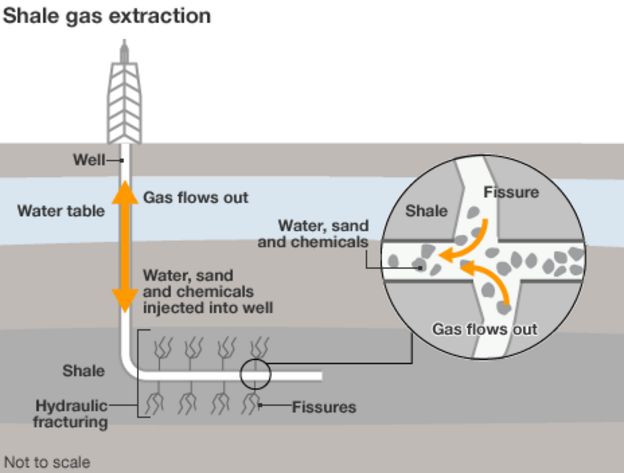President Barack Obama released a climate change action plan. Though there is still a date about the effects of climate change , the administration acknowledged the impact it is having today. President Obama’s plan involves cutting back the use of greenhouse gas emission and has created many initiatives. Here are three that were mentioned in the plan:
Reduce carbon pollution by at least 3 billion metric tons cumulatively by 2030
The Department of Energy established new minimum efficiency standards for dishwashers, refrigerators, and many other products
Energy efficiency upgrades bring significant cost savings, but upfront costs act as a barrier to more widespread investment. This fall ” the Department of Agriculture’s Rural Utilities Service will finalize a proposed update to its Energy Efficiency and Conservation Loan Program to provide up to $250 million for rural utilities to finance efficiency investments by businesses and homeowners across rural America.”
Expanding the President’s Better Buildings Challenge
Better Building Challenge, helps buildings cut waste to become at least 20 percent more energy efficient by 2020.
Administration is launching the Better Buildings Accelerators, a new track that will support and encourage adoption of State and local policies to cut energy waste, building on the momentum of ongoing efforts at that level.
Expands the program to multifamily housing – partnering both with private and affordable building owners and public housing agencies to cut energy waste.
Accelerating Clean Energy Permits
Directs the Interior Department to permit 10 gigawatts of wind and solar projects on public lands by 2020.
Already since 2099 the department “has approved 25 utility-scale solar facilities, nine wind farms, and 11 geothermal plants, which will provide enough electricity to power 4.4 million homes and support an estimated 17,000 jobs”
Additionally, federal agencies are setting a new goal of reaching 100 megawatts of installed renewable capacity across the federally subsidized housing stock by 2020. This effort will include conducting a survey of current projects in order to track progress and facilitate the sharing of best practices.
To read more of the President Obama’s plan click here: CLIMATE ACTION PLAN
Resources:
https://www.washingtonpost.com/apps/g/page/national/highlights-of-obamas-plan-to-cut-carbon/263/





